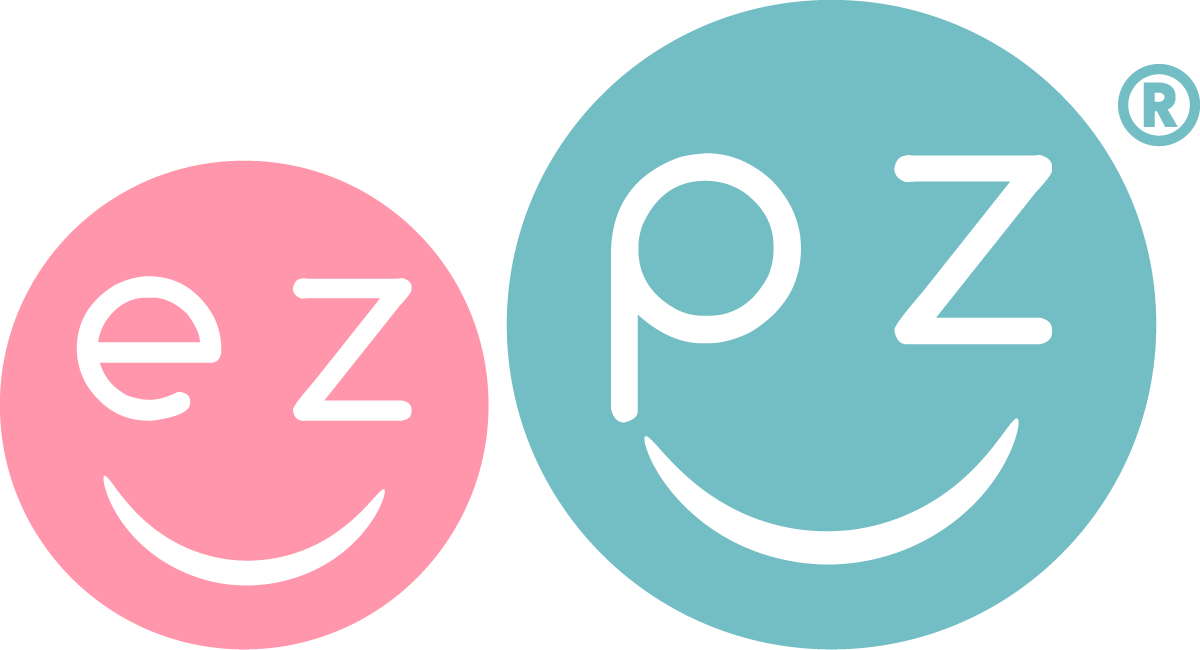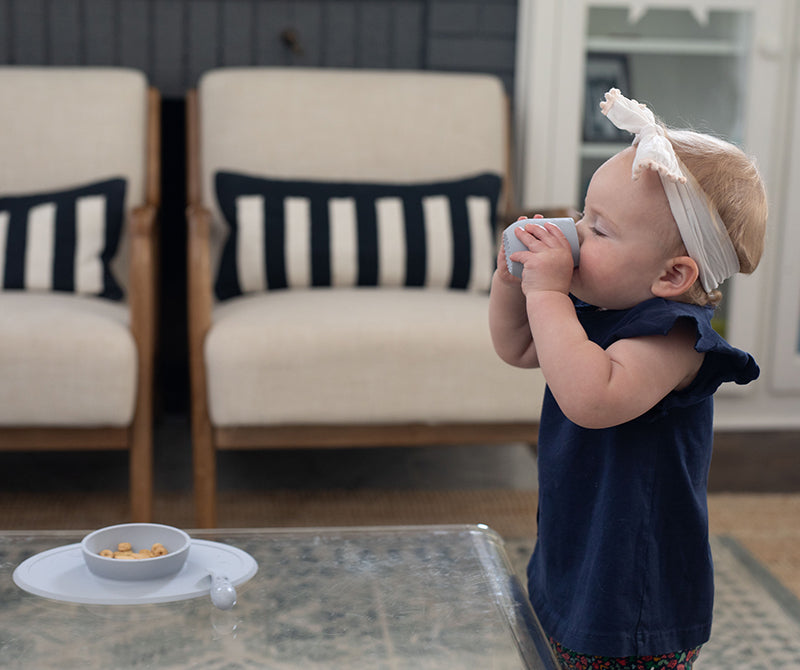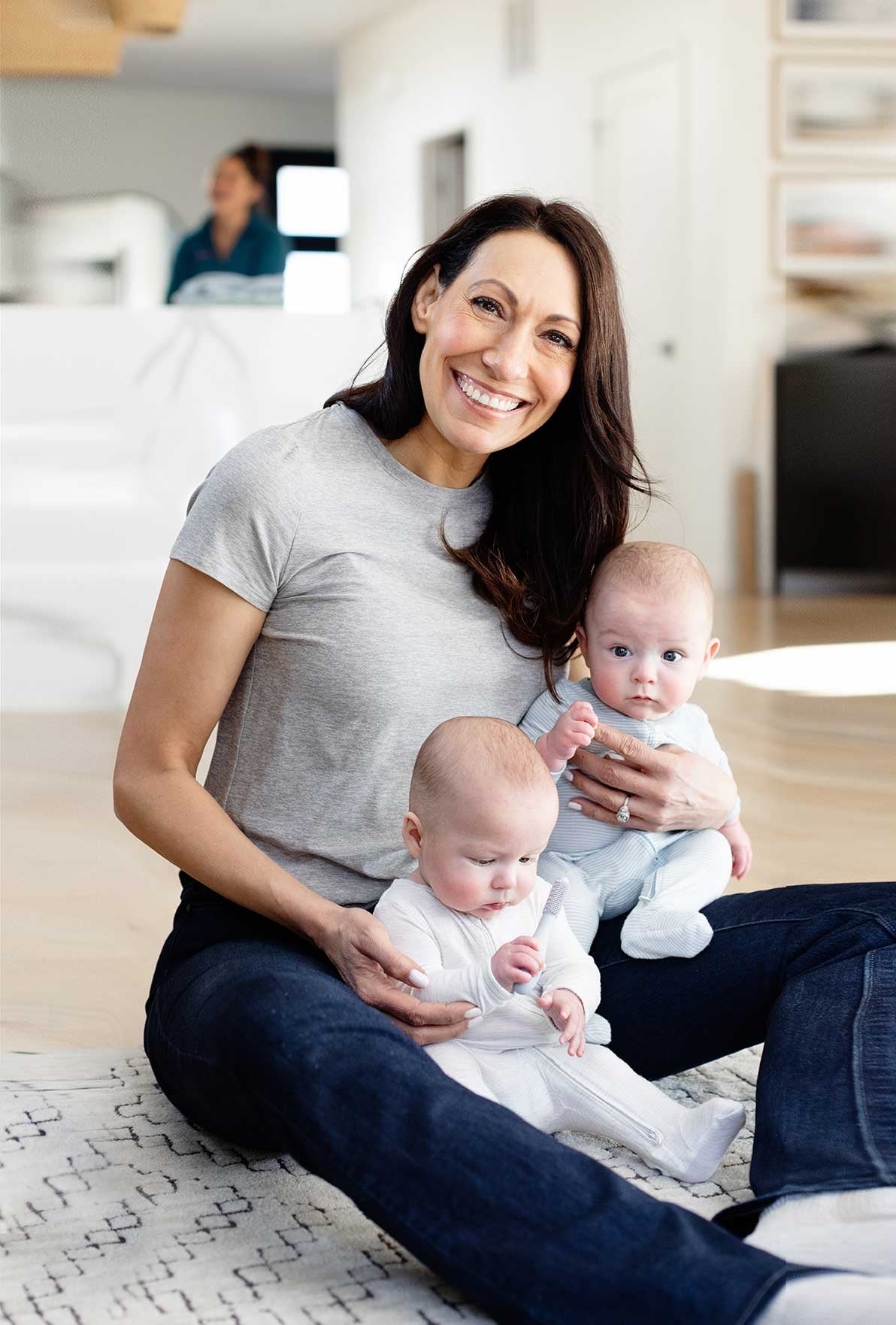If your little munchkin is between 6-9 months of age you are witnessing a lot of change in their overall development. Important growth is happening with baby’s mouth, too! Let’s talk about lip closure and how it impacts feeding development.
Lip Closure: Having baby learn how to close their lips is an important feeding milestone. Lip closure is necessary for baby to learn how to safely eat, drink, swallow and decrease drooling. In fact, there are three stages to a safe swallow: mouth stage (oral preparatory), throat stage (pharyngeal) and neck stage (esophageal). It’s imperative for baby to have good lip closure (mouth stage) because it helps support the safe movement of food to the next stage in swallowing (i.e., no choking). If you think your baby has difficulties swallowing (coughing, gagging, choking) then improving their lip closure can help make mealtime more successful!
Here are some practical ways I teach parents to work on lip closure with their baby:
- Practice lip closure with a spoon: One of the problems I oftentimes see is a parent choosing a spoon that is too big for baby’s mouth. When using a large spoon, gagging can occur, and baby may have difficulty meeting their feeding milestones. This is why we invented the Tiny Spoon. The Tiny Spoon’s narrow design fits into baby’s tiny mouth perfectly, while providing a slight arc to help develop lip closure. In addition, the tactile bumps and raised rim provide sensory feedback to prompt baby to use their lips. When using a properly sized spoon, baby can easily move their jaw, cheeks, tongue and upper lip together to work on this critical feeding skill!
- What to look for: I dip the Tiny Spoon in the food (preloading spoon) then offer baby the spoon. I am looking for baby to bring their top lip down onto the spoon as they remove most of the food from the spoon bowl. I’m watching closely to see if the lips are truly engaged or if baby is sucking up the food using suction from the tongue. I’m also making sure that baby isn’t using their baby teeth (instead of their lips) to scrape off the food.
- Practice lip closure with a cup: Having baby drink from an open cup (a cup without a lid) is another helpful way to strengthen lip closure. An open cup (versus a sippy cup) allows baby to use their lips to drink instead of sucking with their tongue. Having a cup with a safe, sensory material is also important for proper lip closure because it encourages baby to place both lips on the rim of the cup. I use the Tiny Cup when teaching babies to drink (it’s made out of soft silicone) because babies tend to bite the cup as they learn, which can damage baby teeth if using glass or metal.
- What to look for: I pour ½ – 1 ounce of formula or breast milk into the Tiny Cup (preloading cup), then I hold the cup up to the baby’s mouth. I slowly tilt the cup (moving liquid to baby’s lip) and look for baby to smack their lips, close the lips or engage the lips to take a drink. I let baby take a few tiny sips; then I take the cup away to give baby a breathing break. When I offer the cup again, I’m looking for good lip closure, and I also check to see if baby’s tongue is in their mouth (not in or under the cup).
Remember to always stay with baby when working on these feeding milestones. This is not only for safety, but also to capture those adorable eating moments that make our heart melt! What feeding skills are you currently working on with your little one? Are you using our Tiny Collection at mealtime? Tell us all about it (and get our attention) using the hashtags #ezpzfun #myezpzmat.



